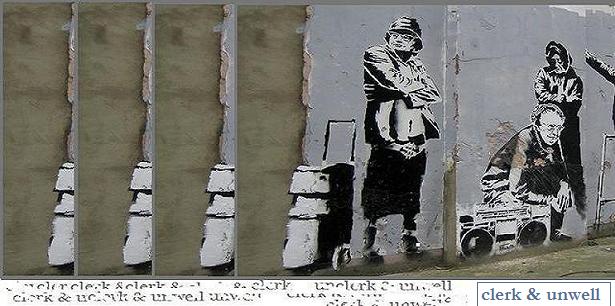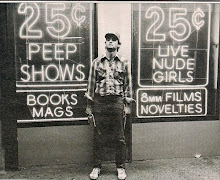There are a few movies which catch me in such a state that the rest of the day is hardly livable while I pull my thoughts back into reality. In the last five years, I'd say (chronologically, as to when I saw them) The Virgin Suicides, Half Nelson, The Reader, Chinatown, and In A Lonely Place have each caused this breach between external reality and my perceptions of senses. (All for, of course, emotional reasons, except Chinatown, which may have been for moral reasons.) Inception gave me that feeling much earlier in the film, which was rare, perhaps immediately after the scene of "Paris overturned", and I was able to untangle myself from it before JGL's massive performance in the hotel hallway, which was probably the cinematographic zenith.
(courtesy Warner Bros.)
The last paragraph was seriously difficult to write as I found myself wanting to slip into more on the profession of architecture than its philosophies and treatises. As such, I will direct you to one of the more adequate reviews of Inception from this angle, as printed in Australian Design Review:
http://australiandesignreview.com/feature/17828-Inception-or-what-architects-could-do-if-we-slept-more
"[I]t turns out that the world of the real architect and the dream world of the movie architect are essentially the same: both resemble realms of fantasy and desire, but are really just elaborate traps, ingeniously designed to rob us of what we treasure most. This nexus between inspiration and reality brings to mind Calvino’s Zobeide. Designed by dreamers to capture the woman of their desires, to outsiders the city of Zobeide just resembles an ugly maze."
If you're as gross about this as I am:
BLDGBLOG
Arch Daily
Architizer
(And if aforementioned lady friend is reading this, even after the scores and scores of quips teetering very close to: 'It's not about Joseph Gordon-Levitt, it's about the way he makes you feel,' then I hope this has given some credence to my seemingly-irrational obsession with the biggest-budgetest blockbuster of the summer.)




Creded!
ReplyDelete